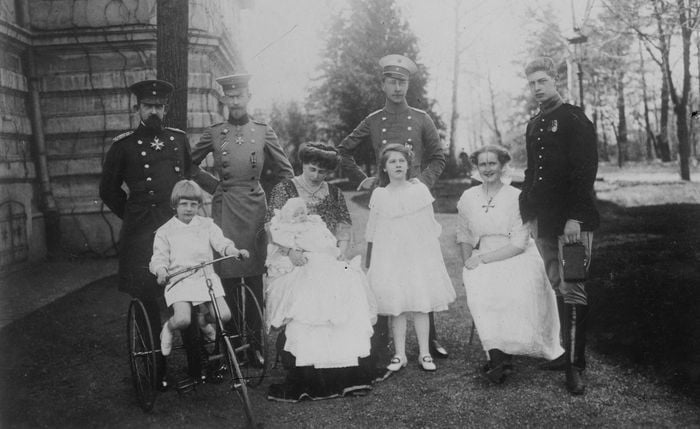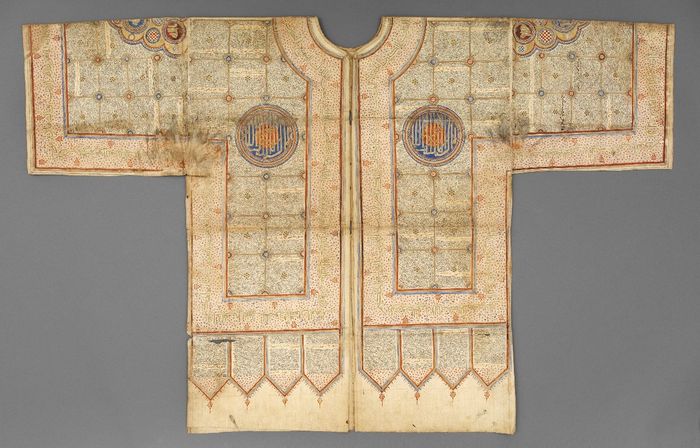A centerpiece for the pomp of empire, it housed meetings of the senate and consequently Julius Caesar was murdered there. Renewed and glorified under Augustus, it boasted a statue of Pompey that had been in the senate house. Nero added his distinctive taste to the decoration, incorporating lots of purple and gold—never a subtle fellow, that Nero. The theater was burned and restored repeatedly, and among the emperors who could claim the dignity of being its patrons were Diocletian and Maximian around 300 and Honorius around 400, at a time when there were collapsed sections inside.
Theoderic, writing to Symmachus to begin the project, pulled out all the stops. “We could easily dismiss the stories about this theater if we had not had a chance to see the place: the great space of the seating area hollowed out with overhanging rock so invisibly joined into beautiful forms
that you would think you were seeing great caves in a lofty mountain rather than anything made by the hand of man. The ancients made this place large enough for such vast crowds that the people who had seized dominion of the world could come together for a single spectacle.”15 He went on to praise the muses and the talents of pantomime dancers (“their eloquent hands, their loquacious fingers, their roaring silence, their silent story-telling”) and ended by saying that this is truly what made Pompey worthy of the title “the Great” that followed him to civil war and death a few years after this achievement. Since the population’s energy and enthusiasm had migrated largely to the open-air spectacle of the horse races in Theoderic’s time, this reconstruction was as much for the ostentation of imperial dignity alone as anything else. Symmachus’s work may be the last known example of Roman private funding of a secular public building (i.e., not a church). The benefactions of the rich had once filled Roman cities with mighty halls and temples and baths, but now and for a very long time to come it would be the government or nothing holiday bulgaria
.
The public enthusiasm
In these times, the circus was the public heart of city life. The public enthusiasm that the circus races roused, in comparison to anything in modern times, cannot be exaggerated. The World Cup may come close, but only somewhat, to the mania for the ancient races that went on year in, year out, and intensified within the cities where the famous charioteers attracted their fans. From earliest imperial times, we can see the teams forming: the Reds, the Whites, the Greens, the Blues—and those four sets of racing colors (evoking autumn, winter, spring, and summer, respectively) attracted fans until the history of the ancient circus came to an end. The Greens and the Blues were the nearly perpetual champions, the Yankees and Dodgers as it were. In Constantinople, we will see the circus at the center of imperial life, but in Rome, there was rarely an emperor at hand, so the life of the circus went on, unchecked and—for all appearances— apolitical.
Theoderic discovered
Theoderic discovered just how volatile his city of racing fans could be during the riot of 509. Quarrels among the factions led to murder in the streets. In response, Theoderic evoked the most famously prim and proper Roman of them all: “You don’t find Catos going to the circus.”16 The Greens complained to Theoderic that the patrician Theodorus and the consul Inportunus were behind the violence. Theoderic represented himself as shocked that the seat of all civility should be so disrupted, and he ordered that judges hear the charges against the two—but with all dignity, and all protection of the accused. It was to everyone’s advantage to consider the fray just a riot by a rabble, not a proxy battle between great families.
There is more here than meets the eye. As they shifted alliances, the circus factions clustered and cheered for one cause or another. Sometimes they appeared to have political motivations, sometimes religious ones; and sometimes the simple brute force of factions and allegiance to one or another powerful patron or family drove them. In 509, Rome’s aristocrats were still at odds with each other in many ways, and the disagreement over the papal election of a decade earlier still festered. Which came first—the people, the politics, or the churchly argument—is hard to say Roman late antiquity.
Most likely, the answer is old rivalries and envy extending down to the level of marriages, dowries, and the intense jealousy that animated the Verona of Shakespeare’s Romeo and Juliet. If the most recent argument is right, then the Blues clustered around the venerable Decii family, imitating the would-be Pope Laurentius, while the Anicii, the Greens, and the Sardinian-born pope Symmachus joined in mutual admiration and support on the city’s other piazzas. The Decii had been Theoderic’s oldest open supporters, from the days when Festus traveled to Constantinople repeatedly on behalf of Theoderic’s regime. The Anicii would become his opponents. Theoderic himself never showed his hand, however, by taking sides in Roman family wars, and so he calmly supported Pope Symmachus at most periods to a greater or lesser degree. One reason many previous scholars have thought the fundamental fault lines of the time were religious is simply that Theoderic did not tip his hand otherwise.








